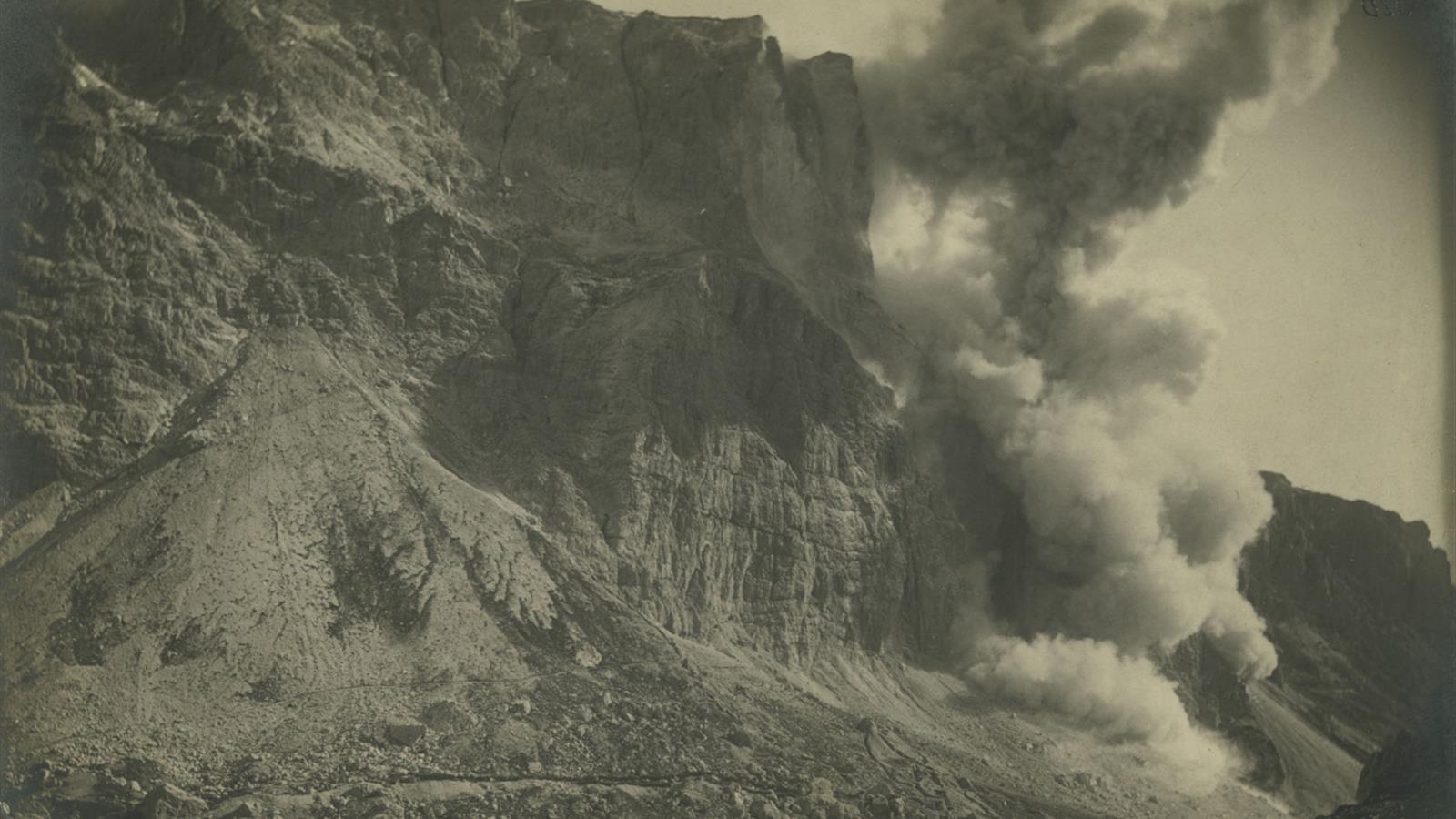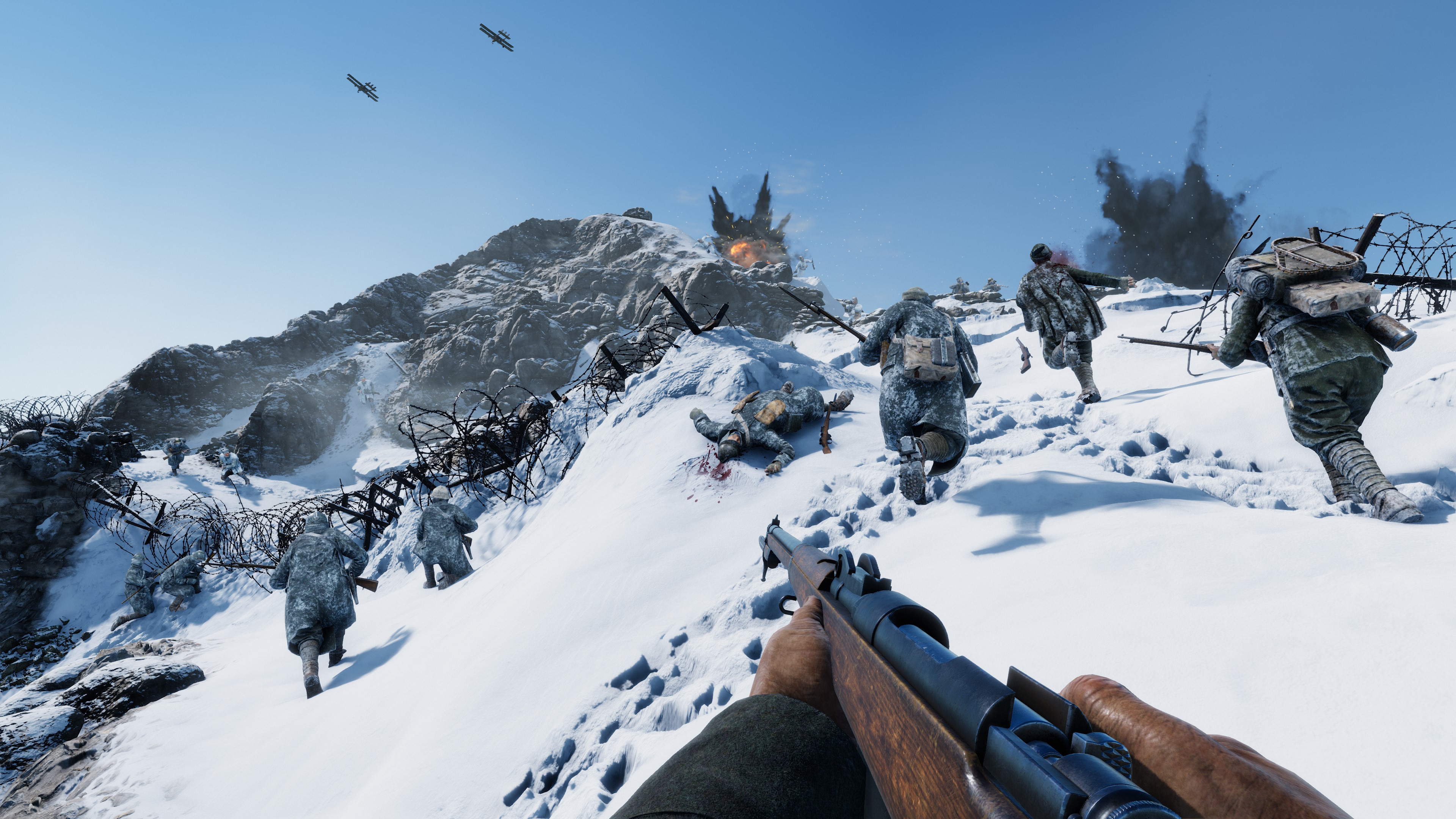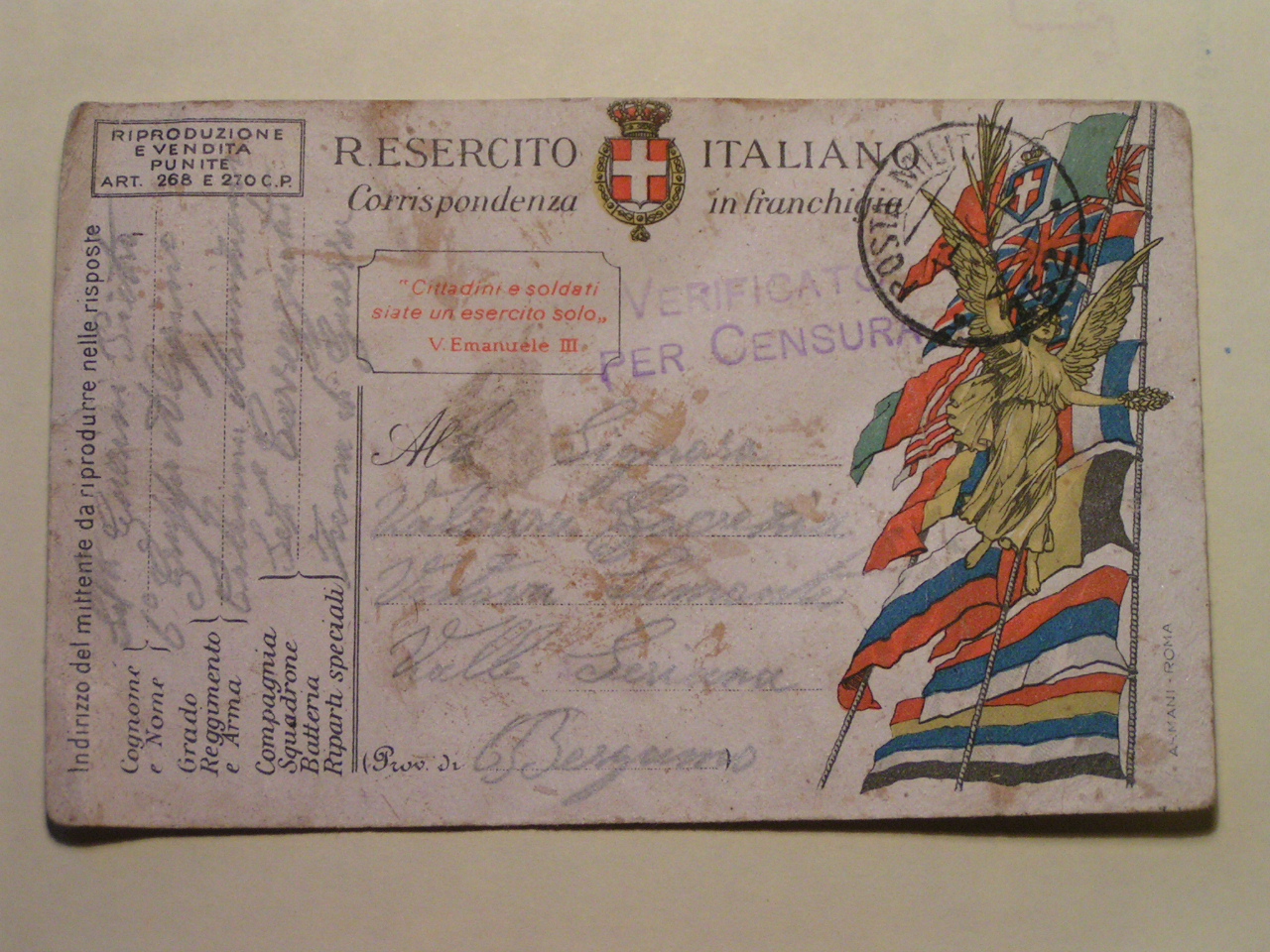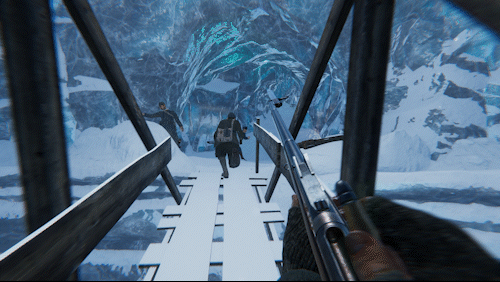Photographs and drawings from the First World War might catch the eye, but the letters and diaries of the participants can give a far more detailed understanding of how it felt to actually fight under the grim conditions of 1914-1918. Letters and diaries allow us to reconstruct battles like the fighting for the ‘Castelletto’ – a fortified Austro-Hungarian position with a commanding position over strategically important supply routes. Despite the strength of the position, it was exposed and Austro-Hungarian commanders felt it was only a matter of time before the Italians took it.
Following multiple failed attacks, the Italian Alpini resorted to mining into the mountain below the Austro-Hungarian positions, first using picks and eventually pneumatic drills. The Austro-Hungarian commander of the Castelletto at the time was a 19-year-old given the posting because he was young with no family. Hans Schneeberger wrote letters describing the fighting around the position. Eventually the Italians finished their tunnel, which the Austro-Hungarians learnt about from an intercepted transmission. Schneeberger wrote: “Everything is like yesterday, except that another 24 hours have passed and we are 24 hours closer to death.”
A mine detonated beneath a mountain position, from Itinerari Della Grande Guerra. They include it with an article about the Castelletto, but it seems more likely to be an Austro-Hungarian mine at Monte Lagazuoi.
Miraculously, Schneeberger would survive having 35 tons of explosions set off beneath him while he slept in the Austro-Hungarian barracks on the Castelletto, fight off an Italian assault, and then eventually withdraw under cover of night. War diaries like those of Erwin Rommel, who was a young officer during WW1 and fought on the Italian Front, often go into great depth about the challenges of battle in the mountains.
An Italian assault on Austro-Hungarian positions on the Marmolada map in Isonzo.
Weight of Words
Almost 4 billion letters and cards were sent to and from Italian soldiers during the First World War – this compares to around 10 and 30 billion items sent by the larger armies of France and Germany respectively. But another factor to consider is that alongside having less total soldiers mobilized, Italy also had a rather low literacy rate: at the outbreak of war there were perhaps 40% of the population who couldn’t read or write.
With no other way to communicate with their loved ones, or sometimes just to express themselves and find an escape from the experience of the war, illiterate men would either learn or get help writing from their comrades or military chaplains. The Italian military issued a large number of postcards, many in a format designed to be easy for less literate soldiers to fill out, with some preprinted text, clear spaces for addresses. However, these cards may have had a dual purpose: in giving such a limited space for actual writing, it would prevent soldiers writing too much about their experiences, controlling the amount of information getting out to the civilian population and making the job of the mail censors easier. Mail censorship was common during the First World War, and means that a lot of letters and cards are more vague and less expressive than they might otherwise have been.
This Italian postcard from the front was written in 1917, and uploaded by a Wikipedia user. Note the purple stamp indicating that’s it’s been checked by a censor – and are all those flags really necessary...
Along with descriptions of the usual machine guns, artillery, and poison gas are the unique dangers of high altitude combat. Boulders rolled down the steep slopes and cliff faces, avalanches triggered by shell fire, and simply cutting ropes or ladders – Schneeberger recollects his sergeant cutting a rope ladder being climbed by Alpini and laughing as they fell to their deaths.

Fighting through the ice tunnels of Marmolada.
You might not have to worry about avalanches when fighting in the mountains of Isonzo’s higher altitude maps, but where available tunnels will provide cover from artillery and aircraft, while you will need to watch your step on some narrow cliffside paths – well worth the risk for the chance to take your enemies by surprise.





